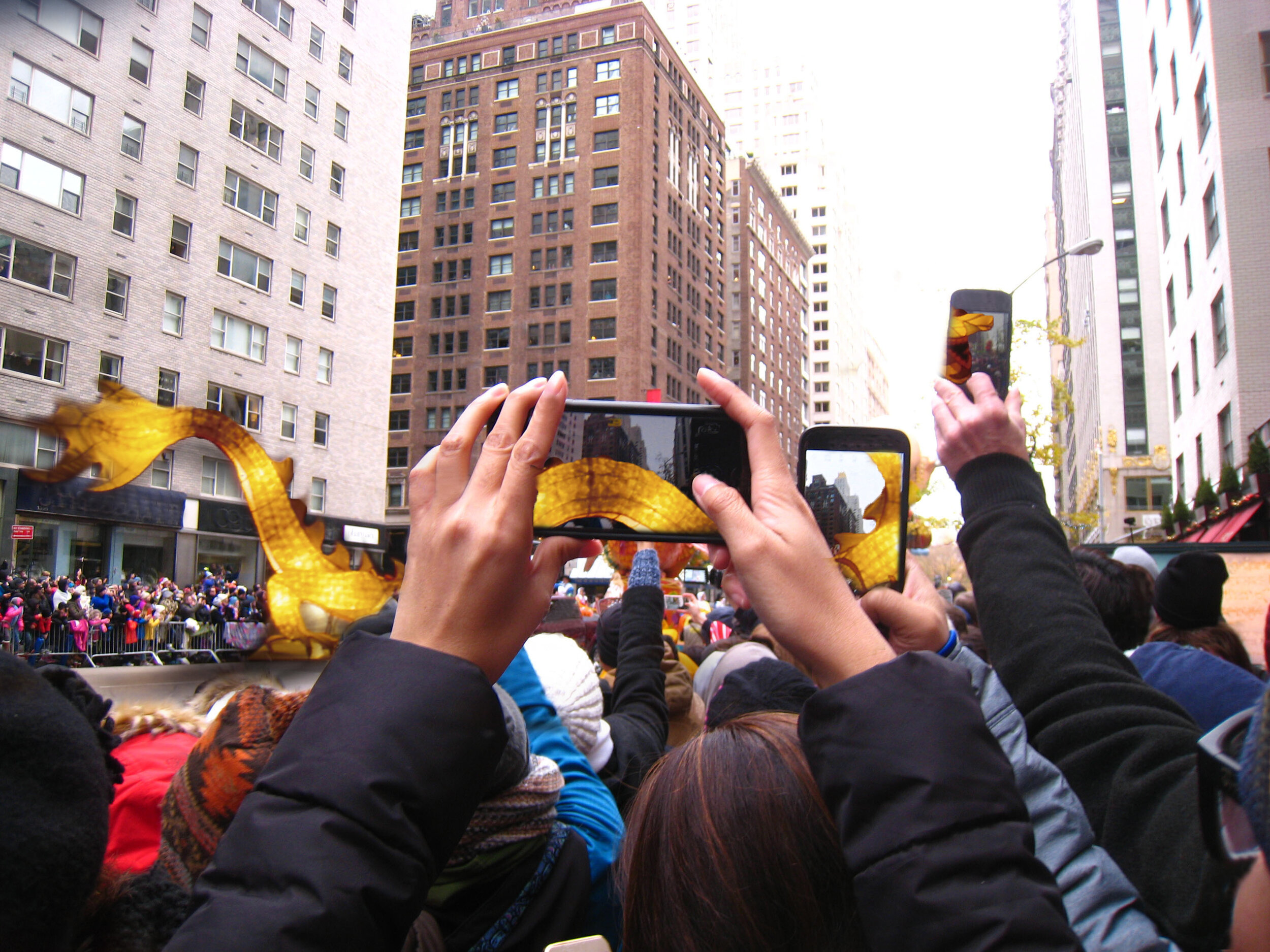Since the beginning of time, Black Friday has been dedicated to shopping all day for the very best deals. But was the day after Thanksgiving always intended to be spent at the mall juggling shopping bags? Nope.
Here’s some background information on the post-Thanksgiving shopping fest we call Black Friday.
1. Where did the name come from?
The term Black Friday was coined way back in the 1950s. It was really known for being the day when workers would typically call in ‘sick’ after Thanksgiving. (We really can’t blame them for wanting a four-day weekend to spend more time with their family.) But over the next 10 years, ‘Black Friday’ and ‘Black Saturday’ became terms to describe the number of people in stores and traffic at the start of the early holiday shopping season.
In the 1980s, retailers recognized Black Friday as one of the most important shopping days of the year. Stores would typically be at a financial loss from January to November until Black Friday when the holiday season kicked off. When accountants kept track of company financial performance, they used red ink for negative numbers and black ink for positive numbers. Retailers used to say they were ‘in the red,’ which meant they weren’t doing so hot. But if you were doing well and had positive numbers, that meant you were ‘in the black’ – and that’s how the name came about. Crazy, right?
2. Background on Black Friday
Going waaaaay back in time, to the 1930s, the holiday season and shopping festivities, kicked off on December 1st. But everything changed when the United States President, Franklin D. Roosevelt made a public declaration that Thanksgiving would officially take place the last Thursday of November – just like that! This gave retailers the go-ahead to kick off the shopping season the day after Thanksgiving. And people loved it because it gave them a head-start on the shopping season!
3. Thanksgiving Day Parades
To celebrate the holiday, multiple Thanksgiving parades take place all over the US. From Charlotte to Seattle, there are thousands of people coming together to see some festive floats. Check out more information on one of the biggest Thanksgiving day parades which takes place in New York City!
4. Shopping facts
In 2005, over 130 million people in the United States took stores by storm and spent $26.8 billion dollars on Black Friday alone – that’s a lot of zeros! In less than ten years, the number of consumers and total money spent has almost doubled. By 2012, shoppers spent $59.1 billion dollars in total. In the past five years, the total hasn’t fluctuated by much. The last reported Black Friday total is from 2017 and is $58.3 billion dollars.
5. Online Black Friday sales
If the in-store sales numbers didn’t make your jaw drop, just wait until you hear the online sales statistics. In 2009, one-fourth of the American population chose to shop online and spent over $595 million. Black Friday 2018 online sales hit a record high of $643 million dollars before noon. BEFORE NOON.
6. Countries that participate
The US isn’t the only place where people like to shop ‘till they drop. Our northern neighbors in Canada didn’t historically offer Black Friday deals, so they would cross the US border to join in the shopping festivities. In 2008, Canada received the Black Friday shopping memo and started offering their own sales to convince people (and their money) to remain in the country. Additional countries that enjoy shopping the day after Thanksgiving are Mexico, the United Kingdom, Romania, India, France, and Germany!









